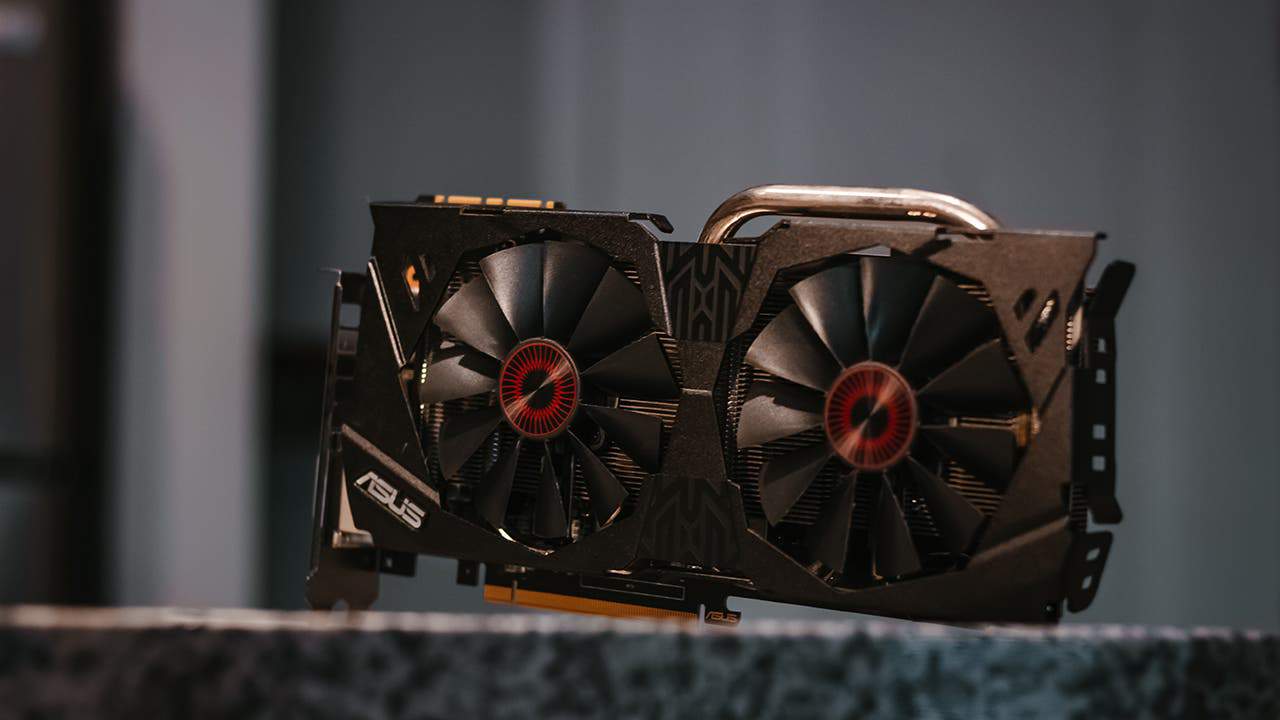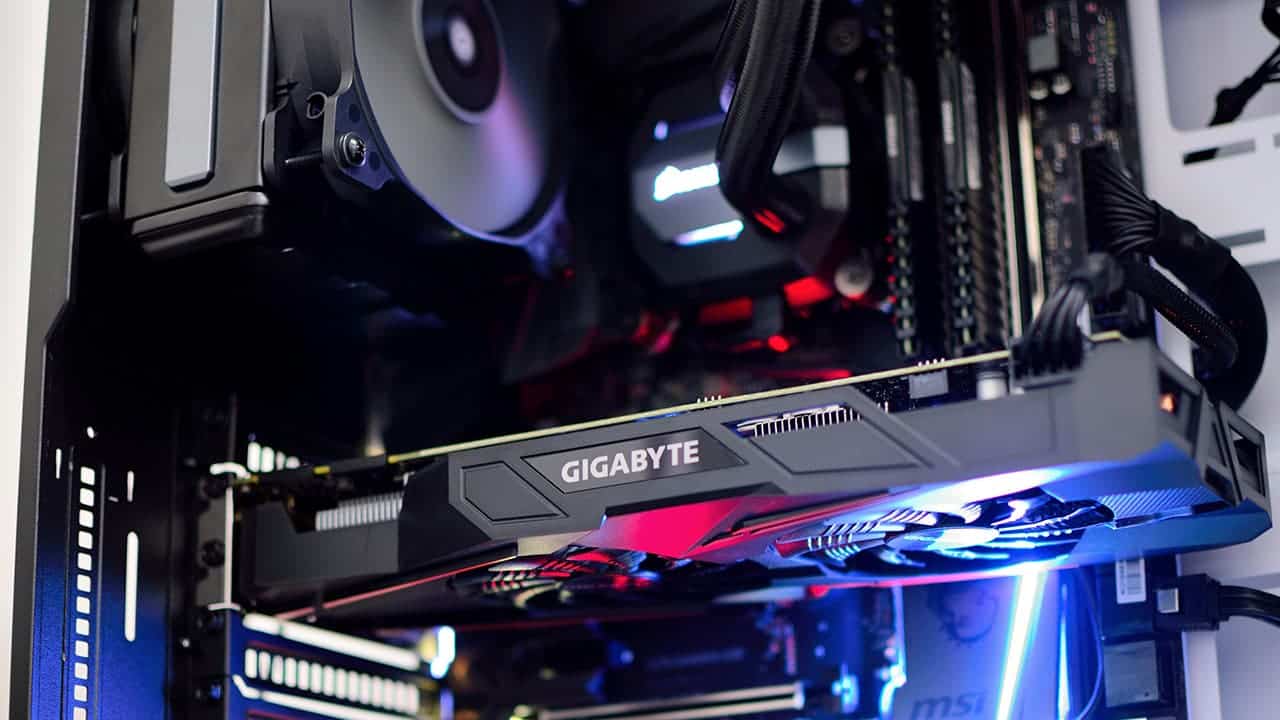The world of PC gaming is a glorious landscape of ever-evolving technology. But with that evolution comes a constant struggle: keeping your rig up to snuff with the latest and greatest titles. One crucial component in this equation is the GPU. These workhorses are responsible for rendering stunning visuals. And their video memory (VRAM) plays a vital role in how smoothly those visuals are delivered.
So, the question arises: can an 8GB GPU handle the demanding AAA games that push graphical boundaries? The answer, like most things in tech, isn’t a simple yes or no. It depends on your gaming habits and the level of visual fidelity you crave. Let’s delve deeper and explore the factors at play.
8GB VRAM Is More Than Enough for eSports, Indie, and Older Games
For those who enjoy the vibrant world of indie games, the fast-paced thrill of eSports, or revisit beloved AAA titles from a few years back (think 2020 and earlier), an 8GB GPU is your trusty companion. You can crank up the visual settings to their maximum glory without worrying about VRAM limitations.

This holds true even for high resolutions like 1440p ultrawide. Games in these categories simply don’t demand the same level of memory as their cutting-edge counterparts. Take Cyberpunk 2077, a notorious resource hog. Even with maxed-out details and DLSS enabled for smooth performance at 1440p ultrawide, an 8GB GPU can handle it.
Adding ray tracing effects like reflections? No problem! You might need to adjust DLSS settings to maintain a steady frame rate, but the game remains playable. This demonstrates that for these genres, 8GB of VRAM isn’t the bottleneck for smooth gameplay.
New AAA Games? 8GB GPU Might Hold You Back
The plot thickens when we dive into the realm of newer AAA games (think titles released in 2021 and beyond). Here, 8GB of VRAM can start to limit your experience in some scenarios. Let’s take a closer look.
Games like Forza Horizon 5, released in late 2021, might initially run smoothly with textures cranked to “extreme.” However, after some playtime (think 30 minutes at 1440p ultrawide), you might encounter slowdowns, corrupted textures, or even crashes. Lowering the texture quality to “ultra” resolves these issues, but it highlights the limitations of 8GB for newer titles.

Returnal is another example. With textures set to “ultra,” the game might function flawlessly for a few minutes before crashing. This occurs because the game fills up your GPU’s memory buffer. To ensure smooth gameplay, textures need to be dialed down to “high.”
The Last of Us Part I is notorious for its high VRAM requirements. Forget about running it at “ultra” details, regardless of resolution, if you have an 8GB GPU. Thankfully, the “high” preset remains playable at 1440p as long as you adjust texture quality to “medium.”
These are just a few examples. Many other AAA titles released recently, like Hogwarts Legacy and Resident Evil 4 Remake, demand more than 8GB of VRAM for optimal texture settings.
Video Analysis from Hardware Unboxed Gives A Better Idea
Hardware Unboxed has conducted a comparison between the RTX 3070 (8GB VRAM) and RX 6800 (16GB VRAM). While both GPUs delivered similar performance, the games often refused to load high-resolution textures on the RTX 3070 due to its smaller memory buffer.
Similarly, some 2024 releases like Horizon Forbidden West exhibit a similar hunger for VRAM. Textures set to “high” at 1440p ultrawide result in performance drops for the RTX 3070 after roughly 30 minutes. This translates to stuttering and a less enjoyable experience. The good news? You can usually crank up most other visual settings and still achieve playable frame rates with the help of DLSS or FSR upscaling technology.
However, ray tracing becomes a non-starter in most cases with an 8GB GPU. While some newer GPUs like the RTX 4060 series might manage playable frame rates with ray tracing and DLSS frame generation at 1080p, combining high textures and ray tracing typically leads to significant performance drops. In short, for the latest AAA titles with all the graphical bells and whistles, 8GB of VRAM might not be enough in 2024.
So, Should You Get A 8GB GPU?
The verdict depends on your gaming habits and budget. If you prioritize playing the latest AAA games with maxed-out visuals, including high textures and ray tracing, an 8GB GPU might not be enough in 2024. Future games are likely to become even more demanding, and you might be stuck with lower texture settings to maintain smooth performance.

But for those on a budget who primarily play multiplayer games or enjoy older AAA titles, an 8GB GPU can still be a decent choice, especially at 1080p or 1440p resolutions. However, be prepared to make some compromises on texture quality for the newest AAA releases.
And if you already have an 8GB GPU, you can likely get by for a while, as long as it has enough raw power to run newer games. Just adjust your expectations regarding texture quality and ditch the dream of ray tracing for the latest titles.





